What Is Restorative Dentistry?
Restorative dentistry is the branch of dental care that’s concerned with repairing and replacing teeth. It can have both functional and cosmetic benefits, but ultimately it’s about addressing the problems, defects, and damage that compromise otherwise healthy teeth.
Restorative Dentistry Procedures
The following are among the most common restorative dentistry procedures:
Dental implants. Perhaps the most fully restorative procedure, dental implants are drilled into the supporting bone to replace teeth that are missing or damaged beyond repair. Depending on your oral health, the dentist might replace a single tooth or even an entire set of teeth with implants that look identical to real teeth.
Dentures. For patients who aren’t good candidates for implants or who are seeking a more budget-friendly option for replacing several teeth, dentures remain a popular and non-invasive method. They function just like natural teeth, they look real, and they’re even covered by many insurance providers that won’t cover dental implants. For patients who are concerned about the limitations of traditional dentures, there are modern solutions like all-on-four dental implants. They’re constructed with multiple teeth like a traditional denture but are drilled into the gum like a dental implant. As a result, they feel more natural and are usually good for a lifetime.
Root canal therapy. When a tooth’s pulp is severely compromised, quick action is needed to save the tooth as well as the surrounding teeth and gums. A root canal procedure involves removing the diseased pulp and clearing away the tiny nerves and blood vessels inside the tooth. Then specialized fillings are used to stabilize the tooth and prevent additional bacteria from entering. In some cases, a dentist might also place a crown over the natural tooth for added support.
Dental fillings. A cavity doesn’t just compromise the appearance of the teeth. If ignored, it can lead to severe tooth decay. For this reason, cavity fillings are an essential restorative procedure. A dentist will remove the damaged part of the tooth and use composite fillings to restore the affected area. Small cavities can usually be filled in a single appointment. Nearly 90% of adults have experienced some level of tooth decay, but many don’t even realize they have it. That’s why it’s so important to see a dentist at least twice a year.
Dental crowns and bridges. Crowns and bridges are designed to reinforce teeth that are structurally too weak for other dental procedures to repair. A dental crown is a cap that covers the entire tooth, providing stability while blending seamlessly with the surrounding teeth. When one or more crowns are fused together to cover a gap in the teeth, the restoration is known as a bridge.
Inlays and onlays. Inlays and onlays may be used to fill in teeth that have been severely fractured due to large cavities or other forms of decay. They’re often ideal when the damage is too severe for a simple filling but not quite severe enough to warrant a crown. An onlay covers the damaged or missing section of the tooth, while an inlay fills in gaps between the cusps.
There are other restorative dentistry procedures that we could mention, but the above are among the most common. Your dentist can assess your oral health and determine which procedures are best for you.
When Are Restorative Procedures Needed?
A dentist may recommend dental restorations if:
You have a missing tooth or multiple missing teeth
Your teeth are damaged due to tooth decay, cavities, or bacterial infection
You have teeth that are structurally weak or compromised
These distinctions are what set restorative dentistry apart from cosmetic dentistry. Though there is some overlap, cosmetic dentistry is concerned with the aesthetic aspects of your smile. Take porcelain veneers as an example. While dental implants are a restorative procedure (because you need teeth to chew, speak clearly, and support your underlying bone structure), porcelain veneers are strictly cosmetic. Veneers, after all, serve the function of making a smile more attractive. They don’t improve the function of teeth; in fact, you have to have healthy underlying teeth to be a good candidate for veneers in the first place.
Another important distinction between restorative and cosmetic procedures is that restorative procedures are more commonly covered by insurance. Cosmetic procedures like veneers are almost never covered by insurance. But if you can demonstrate a legitimate medical need for a restorative procedure like crowns, fillings, or dentures, your insurance will usually cover at least part of the cost. The one exception is dental implants, which some insurers are still hesitant to cover, but this is slowly changing as well.
The Benefits of Restorative Dental Treatments
There are numerous benefits to restorative dentistry. Perhaps most notable, restorative dentistry helps you to avoid more serious and costly problems down the line. For example, cavities and root canals can help to prevent long-term tooth decay and tooth loss. Crowns and bridges can help to preserve teeth that might otherwise be prone to breakage.
And then there are the functional benefits. Restorative procedures help to preserve your natural bite and ensure that you’re able to comfortably chew your favorite foods and—in many cases—speak clearly and comfortably.
Finally, we can’t overlook the aesthetic benefits. Depending on the location of the damage, a restorative procedure can be a massive confidence booster. It can restore your smile and help you to feel less self-conscious about your appearance.
Are You a Candidate for Restorative Dentistry?
Do you have damaged or missing teeth? Have you noticed visible signs of tooth decay? Do you suffer with frequent or semi-frequent toothaches? If so, it’s time to consider restorative dentistry. Even if you aren’t certain, it’s still a good idea to speak with a knowledgeable restorative dentist and find out what you’re dealing with.
Tooth problems never go away on their own. They only get worse. The sooner you take care of your own dental concerns, the easier—and less invasive— the process will be. So don’t put it off any longer. Make your oral care a priority, and rest a little easier knowing that you’re making a long-term investment in your smile.

